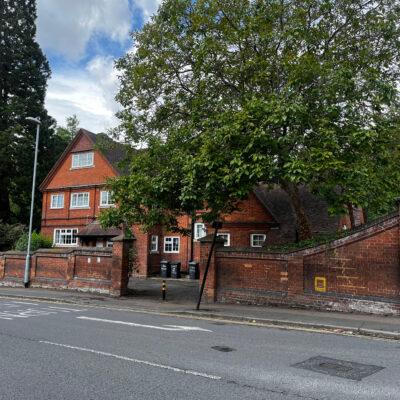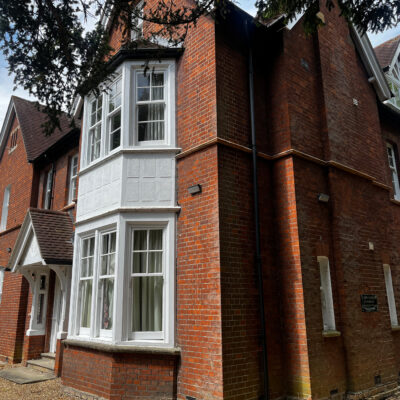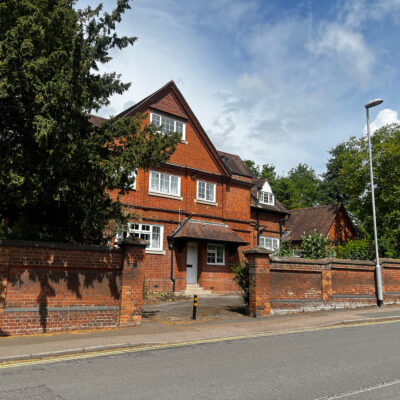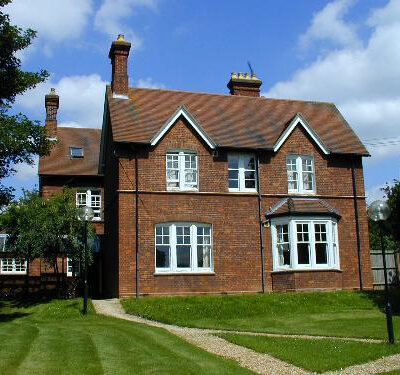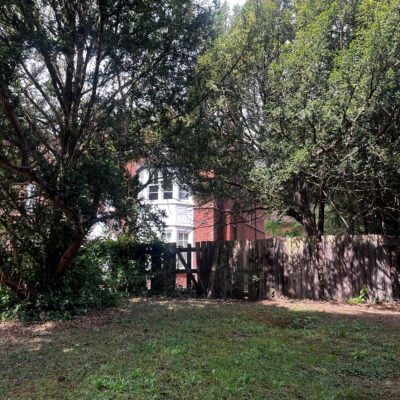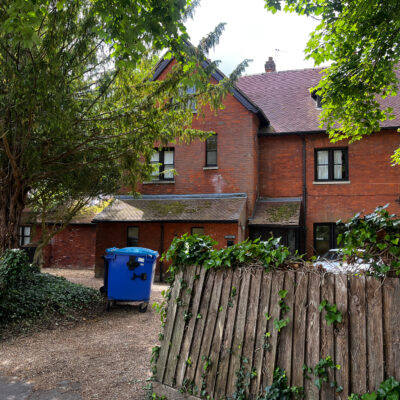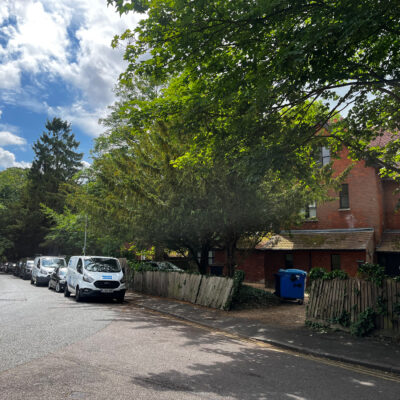Archaeological Desk Based Assessment, Cambridge
Border Archaeology undertook an Archaeological Desk-Based Assessment for Cambridge College regarding the Mount Pleasant Redevelopment and Refurbishment Project, a planning application for a proposed new postgraduate college accommodation scheme (160-200 rooms) at Mount Pleasant, Cambridge.
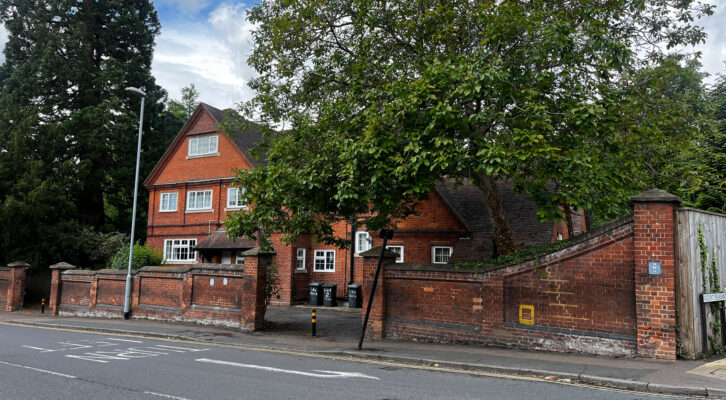
In Brief
Key Points
- Assessment of the potential archaeological significance of the site and the impact of the proposed development, consisting of a new postgraduate college accommodation scheme on a site currently occupied by four detached residential properties of late 19th/early 20th century date within the northwestern part of Cambridge city centre.
- The assessment was informed by a site visit, consultation of the Cambridgeshire Historic Environment Record, reports on previous archaeological investigations in the area, documentary records, historic mapping and aerial photographs.
Summary
The assessment determined that there was a High potential for prehistoric and Roman remains. Previous excavations to the NE of the site have revealed evidence of late prehistoric (Bronze Age and Iron Age) activity.
The proposal site is located immediately SW of the late Roman walled town of Durolipons, within an area which was intensively occupied during the 2nd-3rd centuries AD, prior to the establishment of the Late Roman defended settlement. Evidence of Roman settlement and burials was found during building works on the site in the 1890s and the line of a Roman road running NE-SW from Cambridge to Arrington appears to extend across the site.
The potential for Saxon and later medieval activity was assessed as Moderate to High. The site is located on the NW outskirts of the Saxon and later medieval town of Cambridge and about 190m SW of the earthworks of Cambridge Castle, within an area which probably represented meadows forming part of an extensive open field system on the western edge of the town.
Results
The assessment determined that there was a High potential for archaeological remains of a prehistoric and Romano-British date and a Moderate to High potential for Saxon and later medieval activity. The application was approved with a condition for a programme of archaeological evaluation, allowing development to proceed.

